Ring 3 plus vs. Ring 4
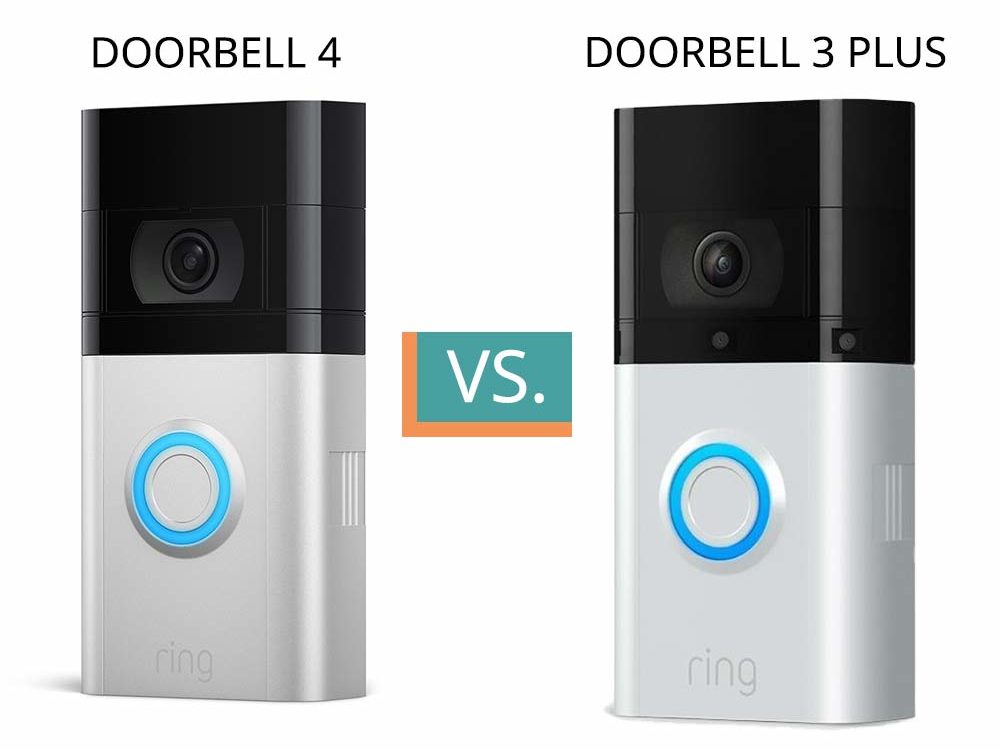
With the Ring 4 doorbell, Amazon has once again overtaken its competitors in terms of in-house home security solutions. Ring 3 plus and Ring 4 video doorbells are very similar, yet the updated Ring 4 has a full-colored pre-roll.
The Amazon-owned company “RING” has revolutionized the doorbell industry with their updated version of the Ring doorbell, the ring three-plus. The Ring 3 plus was a huge improvement from the older models. It comes with stronger speakers and a better video camera for clearer resolution.
Table of Contents
Introduction
Before we get started with this comparison, let’s first make sure we understand what RING as a company is.
Home security is a thriving industry that has majored in various sectors such as home alarms, security personnel, etc. However, the traditional doorbell has remained in the background for a long time, that is, till Ring; a company owned by Amazon has revolutionized the industry with the Ring 2 doorbell.
The Ring 2 doorbell helped revolutionize the doorbell industry due to its incorporation of various features such as:
- Wi-Fi enabled
- Video feature
- Audio feature
- Motion-activated alerts
- Smart home compatibility
- High camera resolution
- Hardwired or battery power
However, the company upgraded its Ring 2 design, as seen with the rolling out of the Ring 3. It, later on, unveiled the ring 3 plus in 2020. Though similar to the earlier versions, the Ring 3 Plus had significant advantages over the earlier Ring versions.
Notice
People get confused with the “ring doorbell” and “ring doorbell pro.”
“Ring 3 PLUS” is not “Ring PRO.”

However, in 2021, the company released the Ring 4 doorbell. And as many of you might have thought, we wondered what new features the company had installed in this new version.
Consequently, we got a hold of one, tested it, and found out various pointers that will help you decide which of the two is best for your home.
At first sight, you will realize the two versions are very similar. On examining further, you will find your initial judgment was correct, and the Ring 3 plus and Ring 4 versions share an astounding amount of similarities as in their design, too, as you will see below.
Similarities
- Both the Ring 3 plus and Ring 4 doorbells can record videos in resolutions of 1080p.
- You can hardwire both the Ring 3 plus and Ring 4 to your system or run them off a built-in rechargeable battery.
- The two doorbell versions come with cameras that will offer you 160- degree horizontal fields of view and 84-degree vertical fields of view.
- Both versions can connect to 5 GHz and 2.4 GHz WI-FI networks.
- The two doorbells are similar in dimensions at 12.8 by 6.2 by 2.8 cm.
- Both doorbells offer advanced motion-activated alerts.
- Both the Ring 3 plus and Ring 4 have the pre-roll feature incorporated in them.
- The Ring 3 plus is Alexa compatible, the same as the Ring 4 doorbell version.
Differences between the Ring 3 plus and Ring 4
As earlier stated, these two doorbells are very similar in terms of features and dimensions. However, the most noticeable difference between the two versions is that the pre-roll feature, so let’s start with that.
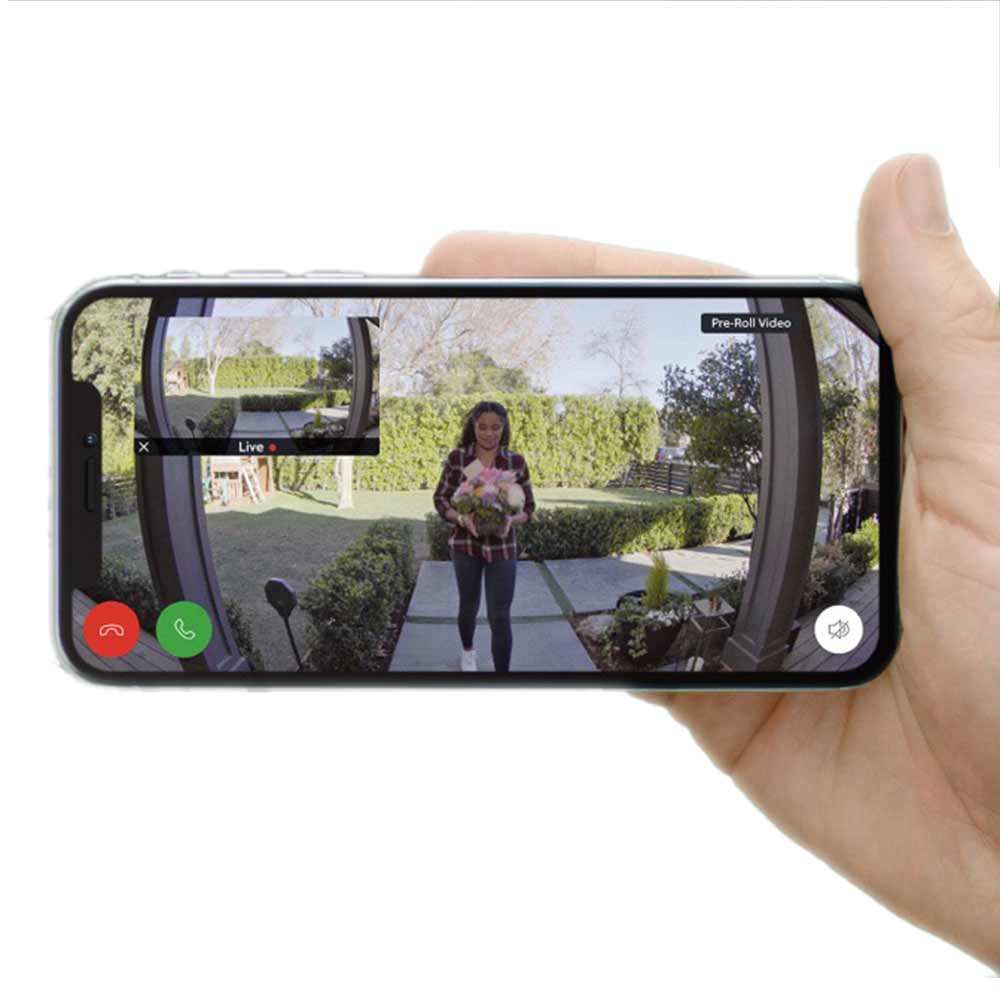
The pre-roll feature
What is pre-roll?
The pre-roll feature records motion for four seconds before an alert is issued. Therefore, you get to see the entire event unfold and not just the end to which the doorbell will issue an alert.
As this is basically the only feature where a change can be noted between the Ring 3 plus and Ring 4, we will walk you through a couple of things you need to know about it.
- The pre-roll feature will record motion before the doorbell sends you an alarm. The extra four seconds of footage is valuable to you as it acts as an extra layer of security and evidence if the need arises.
For instance, if a potential thief wants to steal your parcel, they might think twice before doing so as they will know the doorbell will record them in the act. Furthermore, if they proceed with the deed, you will have sufficient proof to present to the police. You will then reclaim your package with relative ease. Additionally, you can store the footage in the cloud to prevent its loss.
Cons of the pre-roll feature:
However, this feature requires extra battery power. Therefore, if you are not hardwiring it, expect the Ring 4 and 3 Plus to require more charging than earlier versions.
However, when compared, the Ring 3 and Ring 4 versions require relatively the same amount of time to charge.
Ring 3 plus vs. Ring 4
The big diffrence between the 3 plus and ring 4 is that the Ring 4 version is color enabled, whereas the version 3 is black and white.
The reason for this is that to capture 4 seconds before it senses a move, it means that the camera needs to record a whole time, so the Ring three-plus constantly records in black and white, and when it detects motion, it changes to colored.
However, the updated model, the ring 4, always records in colored.
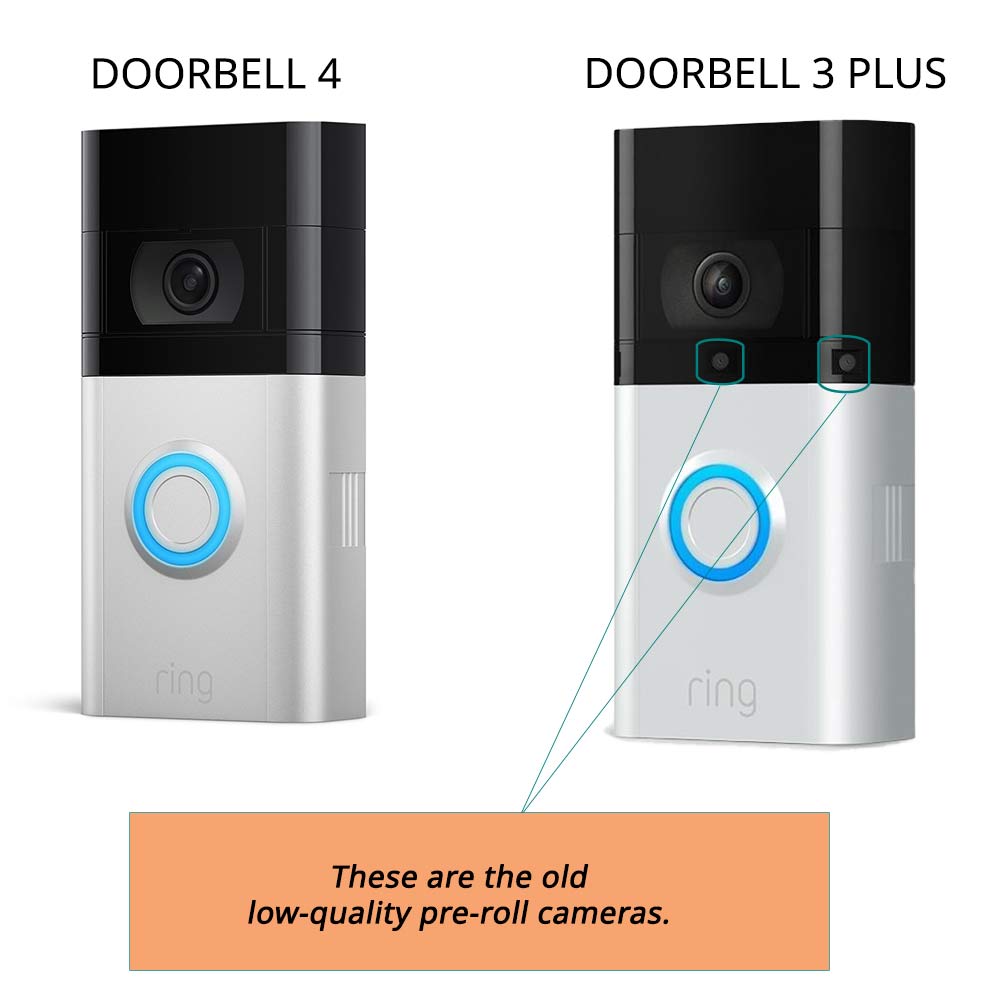
Takeaway in the Pre-roll feature:
In the pre-roll feature, the Ring 4 pre-roll feature is color enabled. Therefore, I would tilt towards it rather than the Ring 3 plus.
Dimensions and Design
Since most people prefer that the doorbells placed in front of their houses be inconspicuous and ought not to take away from the beauty of their front porch, many designers ensure their doorbells meet these expectations. Ring designers are not an exception.
With a dimensioning of 5.1 by 2.4 by 1.1 inches, the Ring 3 plus is a small inconspicuous doorbell. Moreover, the Ring 3 plus design is such that it can have any of these faceplates:
- Nickel
- Satin
However, the Ring 4 design is also similar in terms of dimensions and faceplates as with the Ring 3. Therefore, expect to see no difference in the outer appearances of the two versions, give for the faceplate you select.
Takeaway in the Dimensions and Design
Both the Ring 3 plus and Ring 4 have similar design faceplates and dimensions. Therefore, in this category, the two doorbells have a tie.
Updated pick
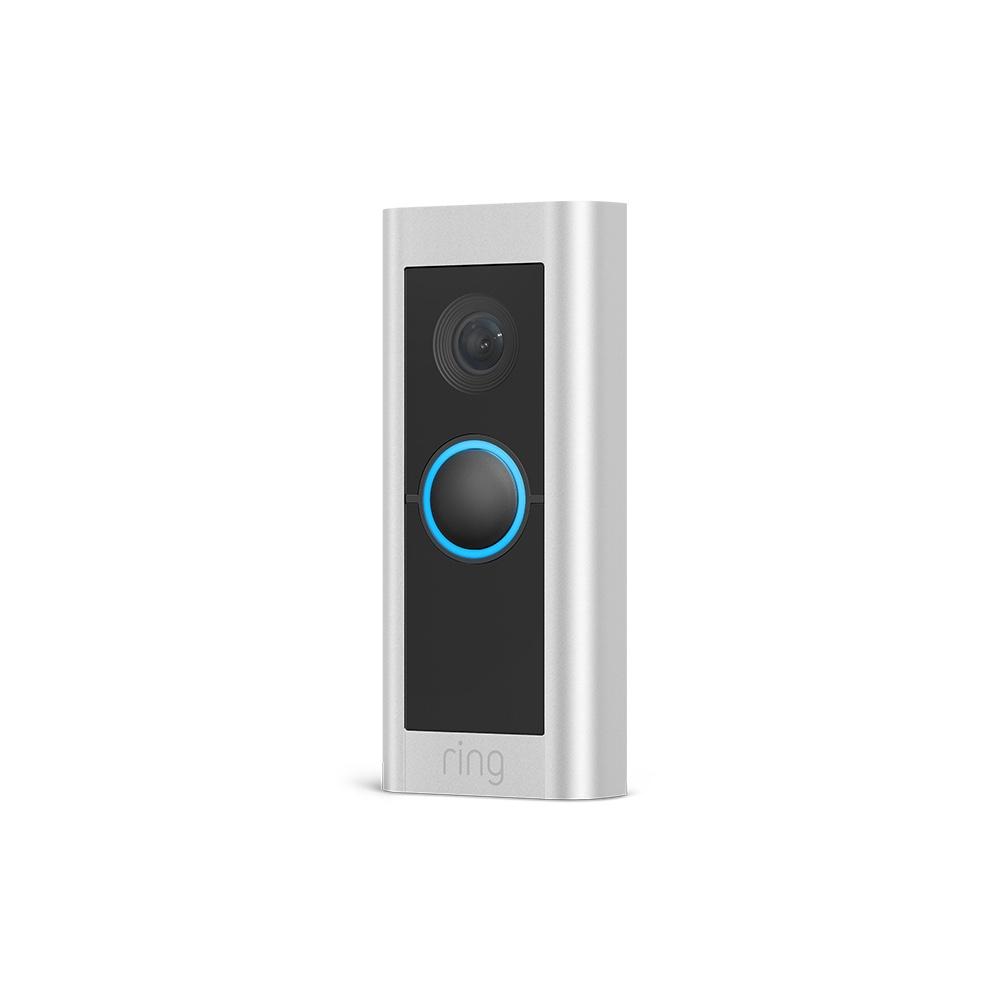
Ring doorbell pro 2
Ring doorbell pro 2 is the best video doorbell out there. It has so many features. The ring doorbell pro 2 is definitely my upgraded pick. It has a super-sharp resolution, and it covers way more than any other doorbell, so if you have the money to spend, I will go with the pro 2.
Installation of the Ring 3 plus and 4 doorbells
The installation of ring video doorbells occurs in two different ways:
- Hardwire the doorbell into your existing home wiring
- Mount the doorbell on the door frames and utilizes its built-in battery. However, in this instance, you will need to charge the battery from time to time.
Whichever you choose depends on your personal preferences. However, if you live in a rented house, the latter option of mounting and charging the battery might be attractive as you will not interfere with the existing wiring of the property.
Nevertheless, as both Ring 3 plus and Ring 4 avail you the option of hardwiring or battery power, the similarities between the two versions continue.
Takeaway in terms of installation and ease of use
As in the earlier instance, the Ring 4 borrows significantly from the Ring 3 plus to the extent you can not easily differentiate the two. Consequently, in terms of installation and ease of use, I will say it is a draw between the two doorbells.

Integration in smart homes
The comfort and efficiency of smart homes available to users have made them popular. Consequently, more and more people incorporating smart products in their houses for luxuries such as:
- Voice activation of appliances
- Locking and unlocking doors remotely
- Turning on or off or dimming the lights in your home and so on
Since Ring is a subsidiary of Amazon, whose smart home assistant, Alexa, is well known, you will find it no surprise that both the Ring 3 plus and Ring 4 Ring are Alexa compatible.
Moreover, with both the Ring 3 plus and Ring 4 doorbells, you find compatibility with numerous other smart home systems such as Fire TV and Smartthings.
With the integration of the Ring doorbells into your smart home system, you will be in a position to see who is at your door regardless of where you are, unlock and lock the door if need be, and even talk to the person at the entrance to inform them of various things.
Takeaway in integration with smart home systems
Again, you will find that both the Ring 3 plus and Ring 4 are compatible with Alexa, and can do similar tasks when integrated with your smart home system. Smart doorbells definitely make our lives easier. Consequently, in this section, I find that both the Ring 3 plus and Ring 4 tie again.
Doorbell camera
Since it entered the video doorbell industry, you will notice that the company has made various strides in the quality of its doorbells’ cameras.
When it comes to the Ring 3 plus and the Ring 4, you will realize that both the Ring 3 plus and Ring 4 have similar camera features in that:
Both the Ring 3 plus and Ring 4 cameras have a field of view of 160 degrees in the horizontal directions and 84 degrees in the vertical directions. Moreover, the two have resolutions of 1080 p.
However, as earlier noted, the difference in their camera functionality comes in the pre-roll feature where the Ring 4 has a colored pre-roll design, whereas the Ring 3 plus pre-roll feature is black and white and very poor quality.
Doorbell audio performance
Here we did see a difference the ring 4 had a better, less muffled sound, and it is clearer. The Ring 3 plus and Ring 4 have similar features, but the quality and service in terms of clarity and performance of the ring 4 are better.
They both have the option to communicate with anybody at the door with reduced background noise coupled with sufficient clarity, but ring 4 is better.
However, in both the Ring 3 plus and Ring 4, there is no audio recording while utilizing the pre-roll feature, something they might probably address in the Ring versions to come.
Takeaway in audio performance
The Ring 4 doorbells are slightly better in terms of audio quality. Even though it’s not such a big difference, ring 4 wins.
Battery life
Ring manufacturers design their doorbell batteries to last as long as 12 months on a single charge. However, with both the Ring 3 plus and Ring 4, you can expect a shorter lifespan due to the pre-roll feature. In-Ring 3 plus, the pre-roll is designed to be black and white and have no sound recording. The mentioned designs all improve the battery’s life span. However, since the Ring 4 incorporated a color feature in the pre-roll, you can expect the battery life to be significantly lower.
Moreover, the number of alerts and motion triggers the doorbell registers will further reduce the battery life span.
Takeaway on battery life
Since the color feature incorporated in the Ring 4 draws more battery power than the Ring 3 plus black and white color feature, in this section on battery life, the Ring 3 plus will edge out the Ring 4.
Price
When all is tested and noted, you have to take the prices of both the Ring 3 plus and Ring 4 into account to make the best decision on which of these two doorbells is better.
Currently, the Ring 4 doorbell quotation is a cheaper alternative to the Ring 3 plus. The price difference tilts the favor towards buying a Ring 4 instead of a Ring 3 plus doorbell.
However, since the two have numerous similarities, if you currently have a Ring 3 plus doorbell installed, you need not bother upgrading as the only additional feature will be the color pre-roll.
Overall performance
- Pre-roll feature
- Price
- Camera color
- Sound quality
The Ring 3 plus had an edge only in the battery lifespan category. In the remaining sections, the doorbells had similar performances hence evenly matched.
However, from the above results, you will see that; the Ring 4 has a slight edge over the Ring 3 Plus.
Therefore, I recommend you buy the Ring 4 over the Ring 3.
Conclusion
In comparing both the Ring 3 plus and the Ring 4 doorbells, you will find that both share numerous features and only differ in terms of their pre-roll feature being color enabled in the Ring 4 and black and white in the Ring 3 plus. Moreover, ring 4 also has a lower price tag that is more favorable for an individual buying this product for the first time.
However, the Ring 3 plus is still in the market and will be available for a long time, plus if you have it, you can continue using it.

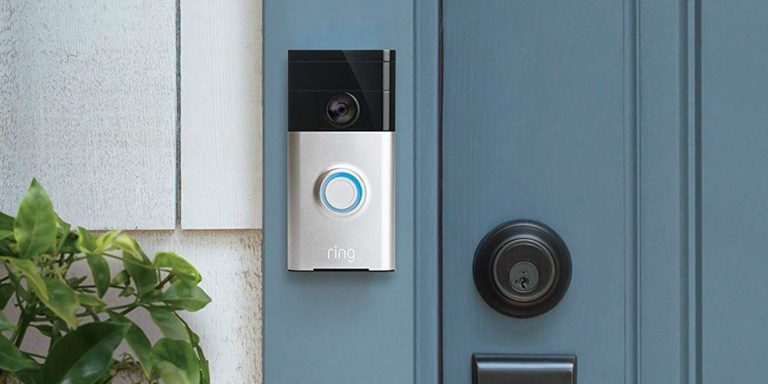
The Ring 4 camera records “up to” 1080p. The ring 3+ records in 1080p. I have tried both and the video on the 3+ is superior to the 4.